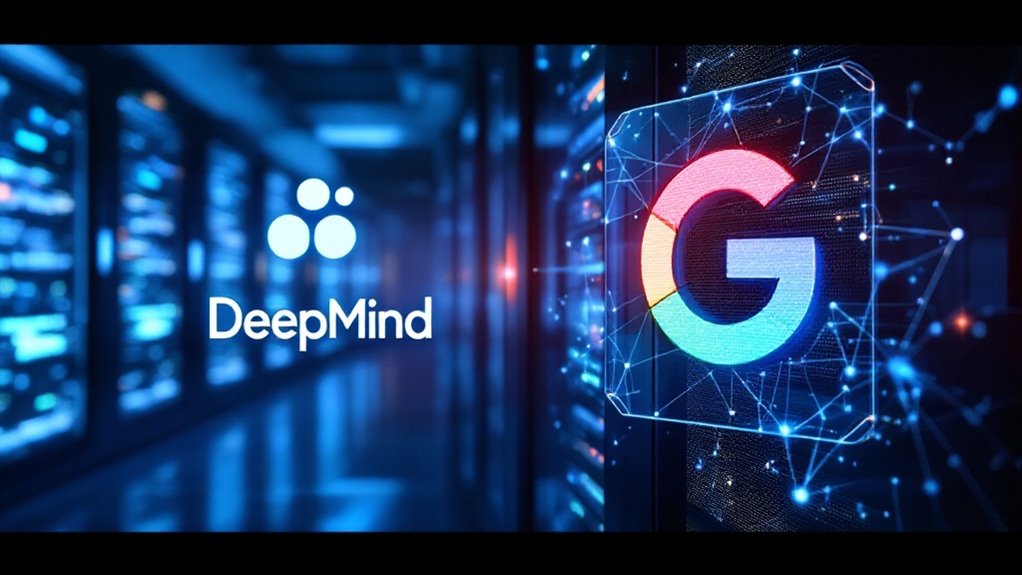No-code AI is like giving everyone Iron Man’s suit—mostly idiot-proof and ridiculously powerful. It lets non-coders build AI-driven tools with drag-and-drop simplicity, no Python required. Want to automate hiring, predict customer churn, or whip up business apps in minutes? No sweat. The secret: user-friendly platforms act as instant noodles for tech, letting regular folks tinker with AI, skip the math, and experiment freely. Yes, even your technophobe aunt could join the fun—stick around to see how.
Let’s face it—coding isn’t everyone’s idea of a good time. You might rather watch paint dry than stare at error messages for hours. Enter no-code AI, which is basically the “instant noodles” of artificial intelligence: just add data, stir, and voilà—AI applications, minus the headaches.
No-code AI is like instant noodles for tech—just add data and enjoy AI with zero coding migraines.
No-code AI lets regular folks build smart tools using GUIs and pre-built models. No Python, no Java, no coffee-fueled all-nighters. Instead, you get drag-and-drop interfaces that make data categorization, evaluation, and predictive modeling as simple as assembling IKEA furniture (minus the leftover screws). No-code platforms enable software development without detailed coding, making the technology accessible to a much broader group of users.
Why bother?
- Development time shrinks from months to minutes.
- No need to hire a team of data scientists who only speak in acronyms.
- Costs plummet—good news for startups pinching pennies or small teams with big ambitions.
- Experimentation becomes a low-risk sport. Try, fail, try again—no CFO breathing down your neck.
- No-code AI empowers users to develop AI applications without coding expertise, which dramatically lowers the barrier to entry for leveraging advanced technology.
Real-world uses? They’re everywhere:
- Automate workflows in HR or finance.
- Predict which customers will ghost you next quarter.
- Build data forms and business apps without begging IT for help.
- Optimize processes using AI insights.
- Teach students AI concepts, minus the complex math that makes everyone’s eyes glaze over.
These tools function similarly to comprehensive AI platforms that integrate multiple technologies for developing and managing applications efficiently.
Integration is almost too easy; APIs mean your new AI toy plays nicely with old software. Plug into RPA, ERP, or even that ancient system no one dares update. Real-time data analysis? Sure. Cross-platform? Of course.
Of course, there’s a catch. No-code AI isn’t magic.
- Customization is limited—if you want a flying car, you’ll still need an engineer.
- Some platforms oversimplify, turning complex AI into digital finger painting.
- Clean, structured data is required (garbage in, garbage out).
- Vendor lock-in is real—choose your platform wisely.
Still, with 61% of corporations dabbling in citizen development, and adoption booming in education and non-tech sectors, no-code AI is picking up steam. It may not replace hardcore coders, but it’s definitely making AI accessible—even for those who think “Python” is just a snake.









